I have a dataframe ACC which looks like following: The dataframe shows miRNA and Target interactions:
ACC:
miRNAs Targets
MIMAT0000075 HIF1A
MIMAT0000449 CXCR4
MIMAT0000421 CYP7A1
MIMAT0000279 STAT5A
MIMAT0000076 RASGRP1
I converted the above long format to wider format using mutate and pivot_wider. I used the following snippet for the conversion: If there is interaction it will be 1 else 0
library(dplyr)
library(tidyr)
validated_targets <- ACC %>%
mutate(n = 1) %>%
pivot_wider(names_from = miRNAs, values_from = n, values_fill = list(n = 0))
The output looks like below:
Help needed:
The above dataframe is just a small example. I have a dataframe with 400639 rows and two columns. The dimension of my original data is below:
dim(originaldata)
[1] 400639 2
I'm not able to convert my original data from long to wider format in Rstudio. Can anyone please tell me how to convert such huge file from long to wider format like the output given above?
thanq
